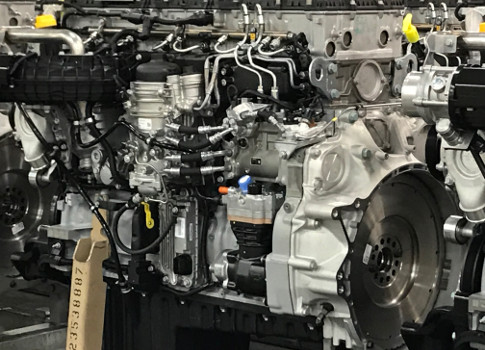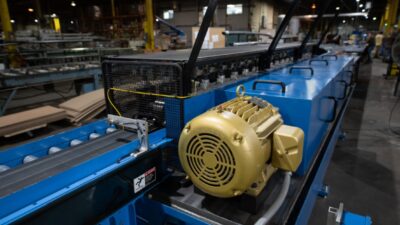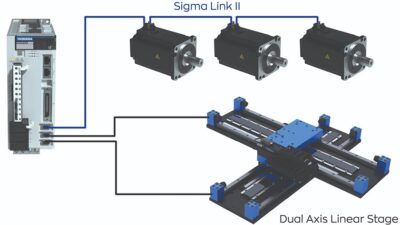Running torque and starting torque have different benefits and users should be aware of their pros and cons when picking a motor for a hydraulic system.

Not all motors are created equal. This is important to remember when selecting a motor for a hydraulic system. Each style of hydraulic motor (gear, vane, geroler, piston) has different running torque and efficiencies. When selecting a hydraulic motor, it is a common and costly mistake to conflate the motor starting torque and its running torque.
Starting torque or running torque
Every motor has a maximum torque rating that is published. This is often how most users determine if the motor will work in their application. Users must know the required torque to run the system, however, users should not select a motor based solely on its rated maximum torque range.
Each motor should have a published torque curve or a chart that correlates torque to flow and pressure. Some systems can have a motor that performs as desired in one environment. However, when something as simple as the angle the system is sitting on changes, the motor can stall. This is because the amount of force acting against the motor alters the starting torque value. This is why users need to understand all the parameters of the system and how it will be operated.
A motor’s efficiency is a very important key in its starting torque. For example, while a vane motor has a very high efficiency when running at full speed, it does not have the same efficiency at lower speeds. Therefore, the starting torque is much worse than its running torque. The operating speed of the system is also a very crucial factor to consider. Users should understand the torque output and efficiency it will have while running. Gear, vane, and geroler motors often have the worst starting torque due to their poor efficiencies at low speeds. A piston motor has great efficiencies in both low and high-speed applications and often has the best starting torque.
Importance of motor efficiency for long-term viability
Another key point to consider when choosing a motor for the application is how the efficiency of the motor will last over time. Each style of motor has different functional properties, which can be good and bad for the volumetric efficiency of that motor. For example, if users select a gear motor that has the right amount of starting and running torque for the system to operate, they will need to understand the motor’s efficiency is going to decline gradually.
The way gear motors function requires the gear teeth to engage one another, which causes wear on the gears. This results in a higher internal leakage, meaning the motor is less efficient and the amount of available starting and running torque decreases. Even though the motor runs the system to the desired results when it is first put into the field, it may not run the system a year later due to this loss in efficiency.
On the other hand, a vane motor keeps its efficiency throughout its life until catastrophic failure occurs. This is because of the way the vane motor functions. Each vane extends out of its sleeve during rotation and the design compensates for wear. Each vane in the motor can wear down over time but still keep its efficiency because the vanes will continue to extend out farther as they wear down, which decreases the risk of leakage.
High efficiencies come with added cost. This is why understanding an application’s starting and running torque requirements is key to choosing a motor that is cost-effective and able to run the user’s system.
Zek Grantham is an account manager at Cross Co., a CFE Media content partner. This article originally appeared on Cross Co’s mobile hydraulics and controls’ blog. Edited by Chris Vavra, production editor, Control Engineering, CFE Media, [email protected].
MORE ANSWERS
Keywords: torque, motors, energy efficiency
Understand the difference between starting torque and running torque.
Knowing how a motor will function long-term is also important.
A high-efficiency motor, while beneficial, comes with added costs.
Consider this
What else should be considered when picking out a motor for a hydraulic application?



